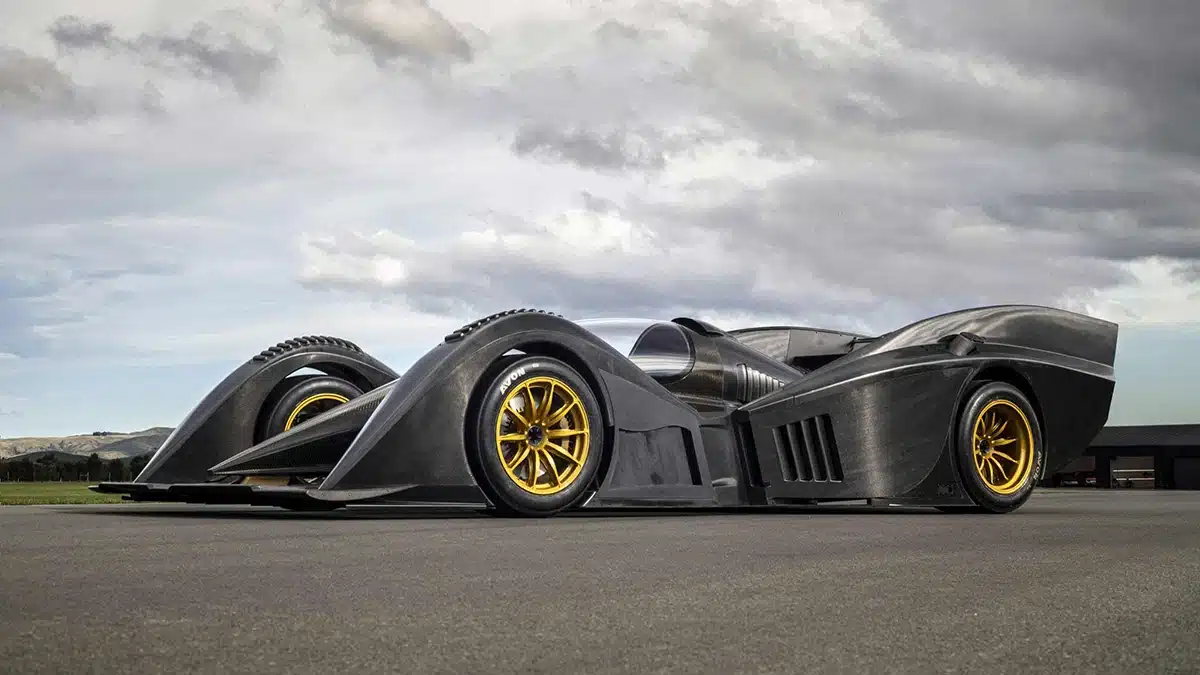We live in an age where technology now seems to move faster than it is often possible to relate our desire for the latest gadget into the reality of being able to afford it. The Las Vegas Consumer Electronics Show in Nevada, USA is the world’s largest technology conference and is often where a new piece of technology will receive it’s first mass global airing.
The big buzz this year is integration. Experts predict that we are on the verge of being able to connect our gadgets to each other, from your pc to your tv to your car. That’s right, your car.
This year’s CES sees a record number of automobile manufacturers showing off their latest tech’ ideas. These are as varied as BMW’s speech recognition software, the latest home entertainment ideas for cars to driverless car technology. The reason for the record turnout may be because experts predict that factory installed technology for cars will growing by around 11 per cent this year.
Going head-to-head in a friendly tug of the driverless wars currently are Google and Lexus. Whereas Lexus want to improve your ability to drive your car, Google have taken things a step further and allow you to become a passenger on your own journey.
The implementation of such devices and ideas is not new, you may have heard of the various experiments carried out by Volvo in the past, and indeed, the Swedish manufacturer says that it intends to launch what it calls it’s first autonomous cars by 2014. You may be thankful to hear that Volvo plan on these cars only being able to self-drive up to 31mph though.
None of this is new of course, the first major outing of the autonomous car idea was way back in 1939 when General Motors aired their idea of electric cars powered and controlled by radio linking to circuits that were embedded in the road, pre-dating Scalextric by some 13 years.
My own first recollection of the autonomous car idea was, I seem to recall, Volvo’s road train idea which has been tested on closed lanes on motorways over the past few years. In the road train, the car behind copies the car in front, driving at a speed of 52mph with a gap of 6 metres between each car. A recipe for an autonomous traffic jam, you might be thinking, but tests went very well which lends rather a good weight to the argument that 90 per cent of traffic jams are caused by the driver rather than extraneous circumstances.
The Google driverless car project is led by Sabastian Thrun, one of the inventors of Google Street View. Thrun and his team announced in August 2012 that they had completed around 300,000 miles without accident. Ironically, the first incident where a driverless Google car was rear-ended in 2011 involved a driverless car that was being controlled by a human. So would taking humans out of the equation altogether make the whole thing safer? Lexus may not agree.
Most of us of a certain age might remember the wow factor when we took a first ride in a car that had cruise control, but Lexus are now taking this a step further. Although Mark Templin, Group Vice President & General Manager of Lexus Group emphasised in a recent press conference that, for the present at least, the driver is still an integral part of Lexus’ ideas. He describes the technology as being a “co-pilot” for the driver.
The technology is called the Intelligent Transport Systems (or ITS for short). The system was created by Lexus’ owner, Toyota, and attempts to pull together the traffic infrastructure, people themselves and various satellite navigation technologies to create an all-seeing eye looking out for the driver.
For this year’s CES, Lexus unveiled it’s Advanced Active Safety Research Vehicle (AARSV) – an LS with a forward facing HD camera and radar, advanced GPS, rotary encoders and side facing HD cameras as well. The cameras contain image sensors that track and detect objects, while LIDAR (Light Detection And Ranging) can detect a person crossing the road in front of the car. LIDAR’s 64 LEDs cover a 360 degrees horizontal span as well as 25.6 degrees vertical. The system is also used by Google.
Unlike Lexus, Google currently have no plans to develop their system commercially, partially one suspects, because all laws in the USA still require vehicles to have a driver at the wheel, even though Nevada, the home of the CES, passed a law that went into effect in March 2012 that permits driverless cars on their roads. By August 2012, this tally had risen to three US states with Florida and California joining Navada.
It seems that the only thing holding back the autonomous vehicle from our roads now is time. I can easily see this becoming something that we will all see with our own eyes on our own local roads within the next ten years. I surprise myself by having few initial worries and concerns about this either, as my own concerns for road travel safety – whether by bike or car – generally relate to the abilities of the human being controlling the automobile, not the technology.
Lexus images from siliconrepublic.com
For more articles like this, receive our weekly e-newsletter, including partner deals and all things motoring, register your email below.
Please note: You cannot subscribe to Smart-Motoring unless you put a tick in the checkbox below to indicate have read and agreed to our privacy policy.





Leave a Reply
You must be logged in to post a comment.